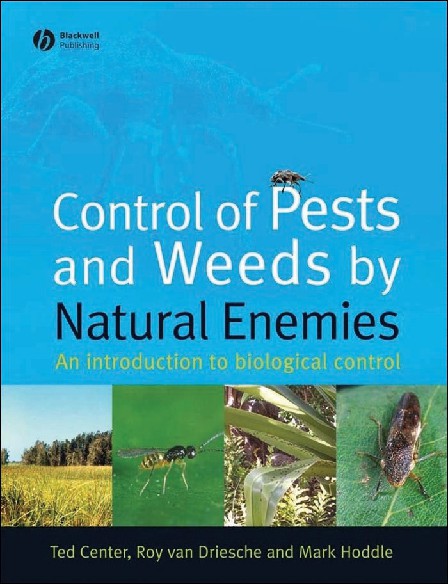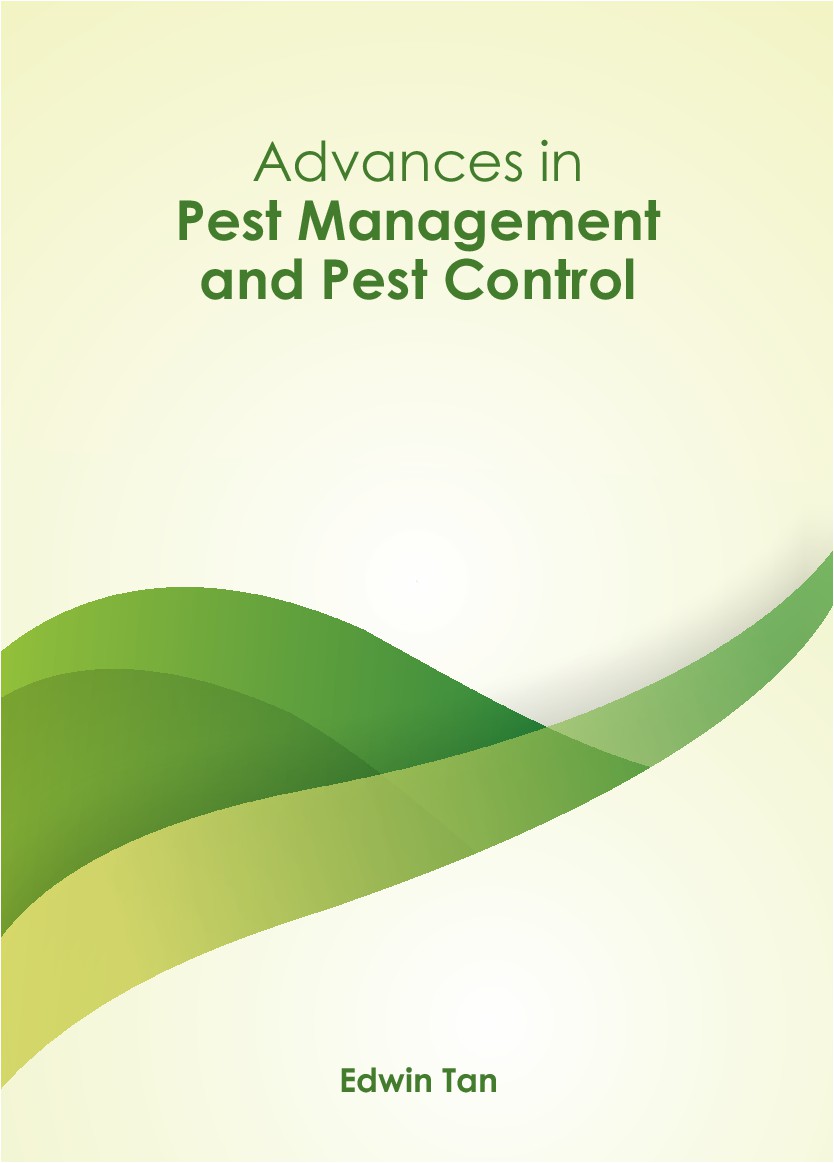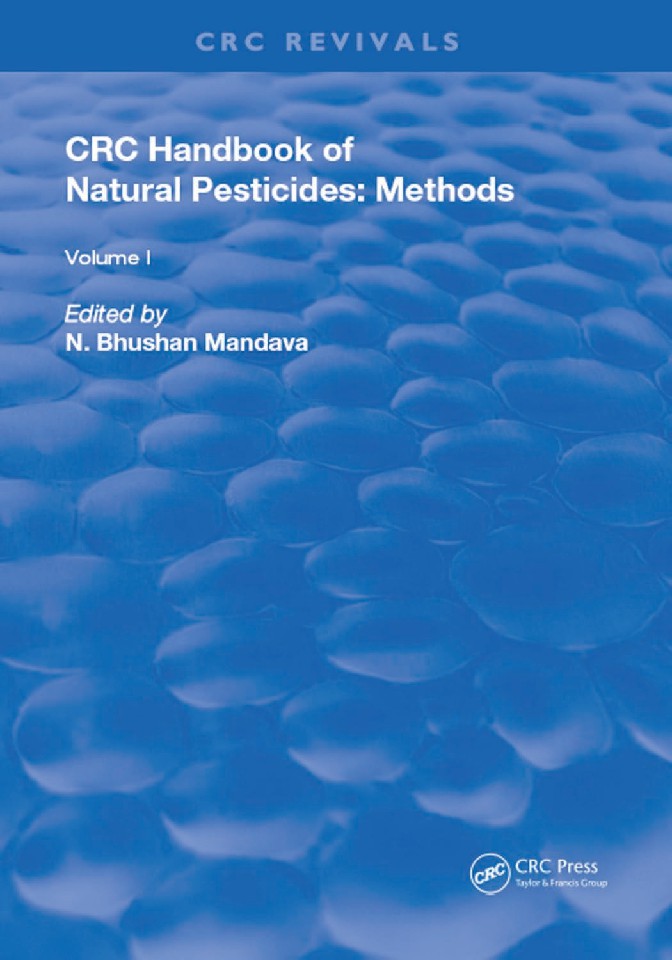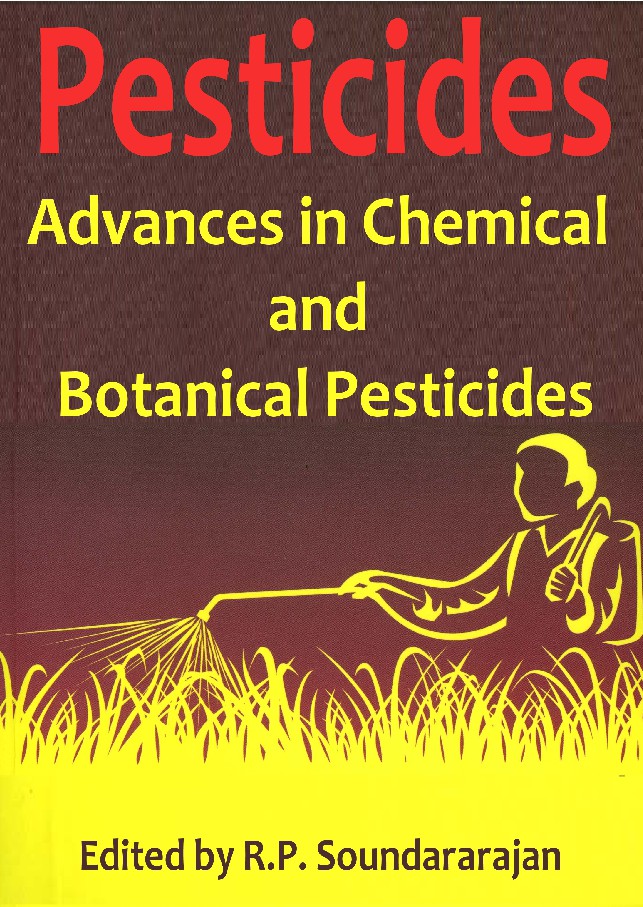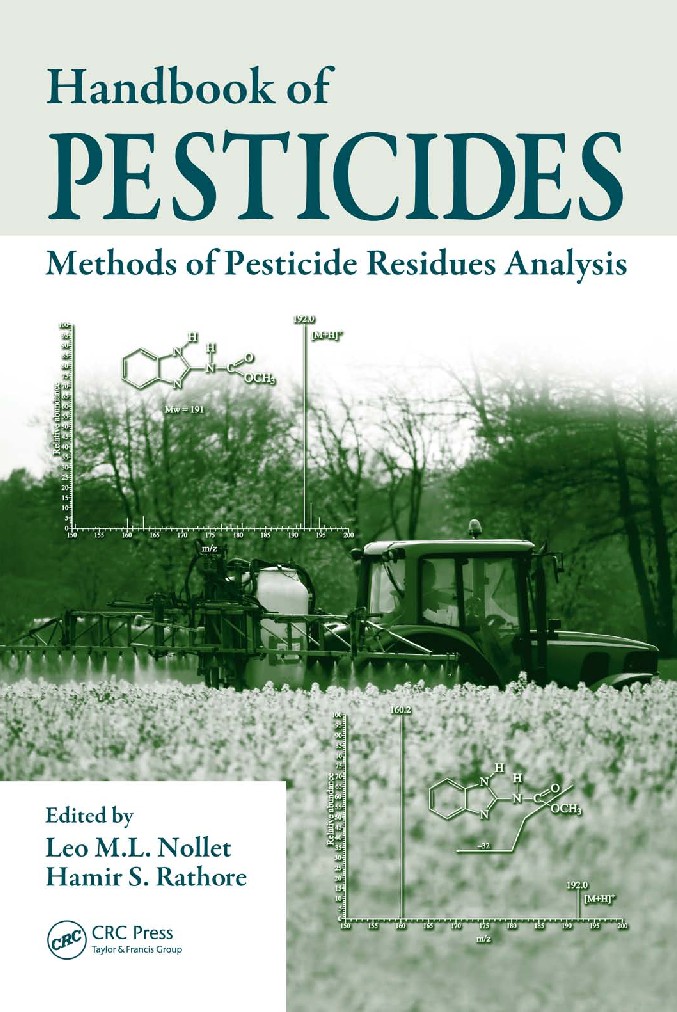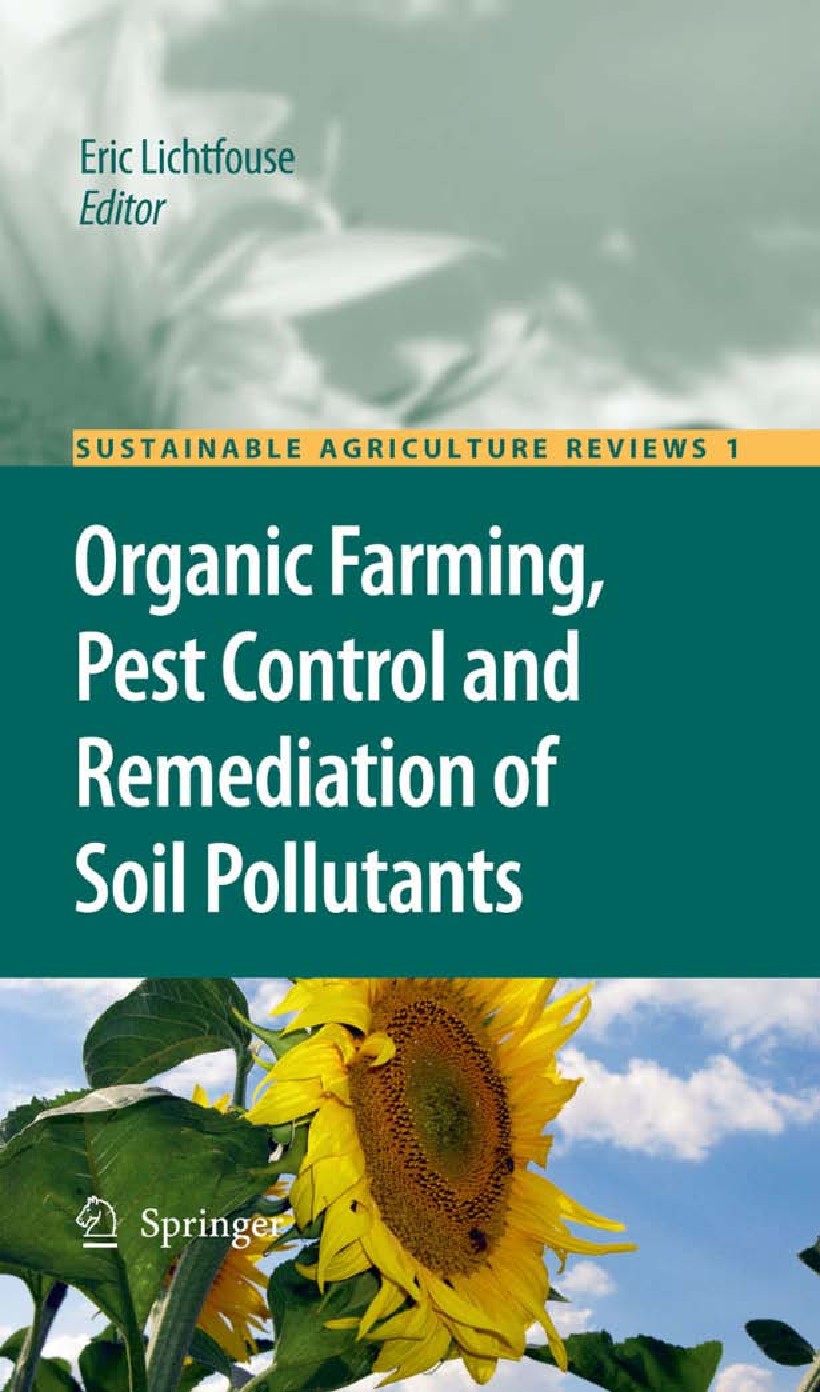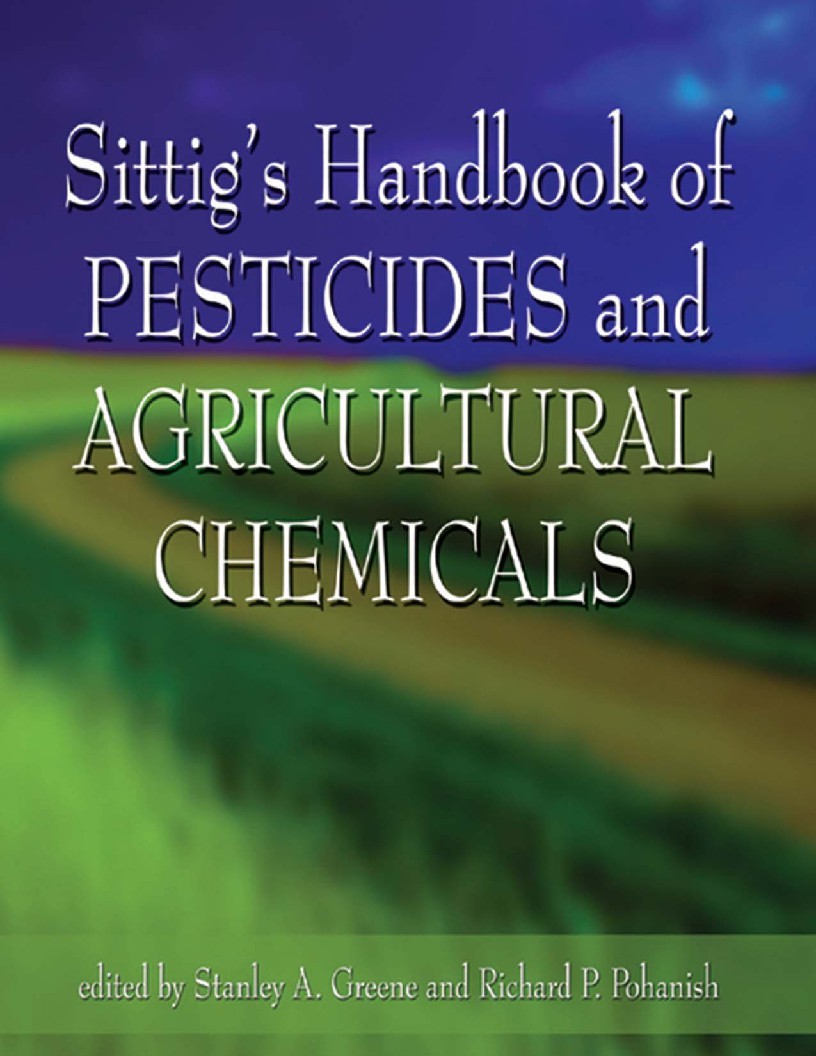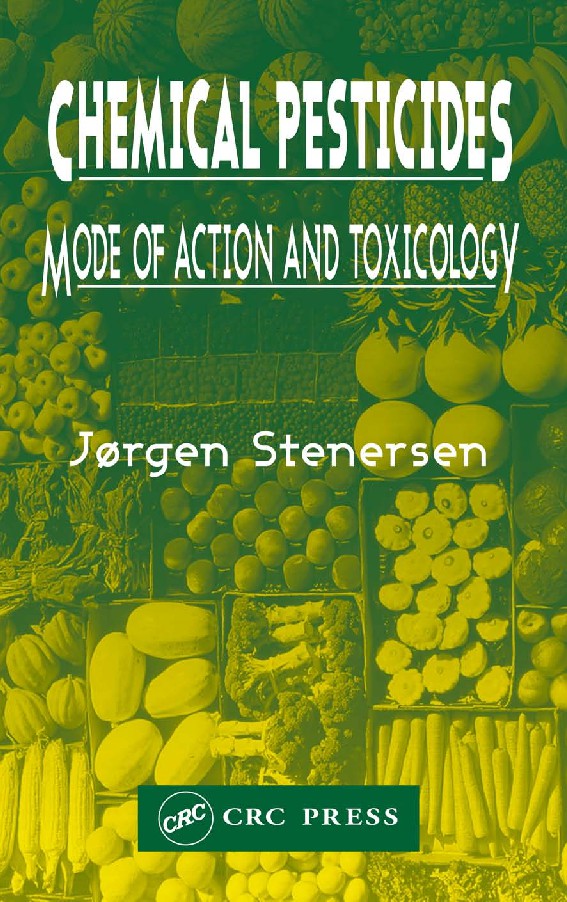Book Details
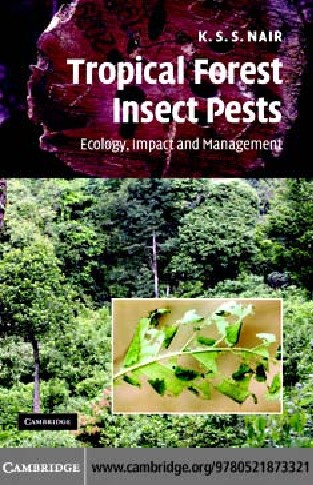
Tropical Forest Insect Pests
This book has grown out of my feeling that tropical forest insects have
not received the research attention they deserve. Most books on forest
entomology deal with only temperate forest insects and those few that deal
with tropical forest insects cover only small regions of the tropics and mostly
contain descriptions of pest biology. An exception is a recent book by
M. R. Speight and F. R. Wylie (2001) which covers the entire tropics and lays
stress on pest management, although their coverage of the subject is very general.
Other books on tropical forest entomology covering parts of the tropics are
mentioned in the introduction to Chapter 2: particular mention must be made of
C. F. C. Beeson’s (1941) excellent treatise on the ecology and control of forest
insects of India and the neighbouring countries. This book, published some
65 years ago, contains much information that is valid and relevant even today,
although it is not accessible to many. Extensive new knowledge has now
accumulated on tropical forest insects across the world, but it lies scattered in
innumerable journal articles and reports. I have made an attempt in this book to
bring this knowledge together and present it in an ecological framework.
Knowledge is seldom created by one individual and I have used the knowledge
accumulated over time by the dedicated work of innumerable researchers.
What is new here is a new framework on which the accumulated knowledge
is organized to convey some central ideas relevant to the management of tropical
forest insect pests. Facts or observations make sense only when arranged logically
and interpreted. My attempt has been to provide an overview of tropical forest
insect pests and discuss the basic principles of their ecology in the forest
environment, using information about commonly encountered insects across
the tropics.
Author: K. S. S. NAIR
Pages: 424
Issue By: eBook 707
Published: 3 years ago
Likes: 0


